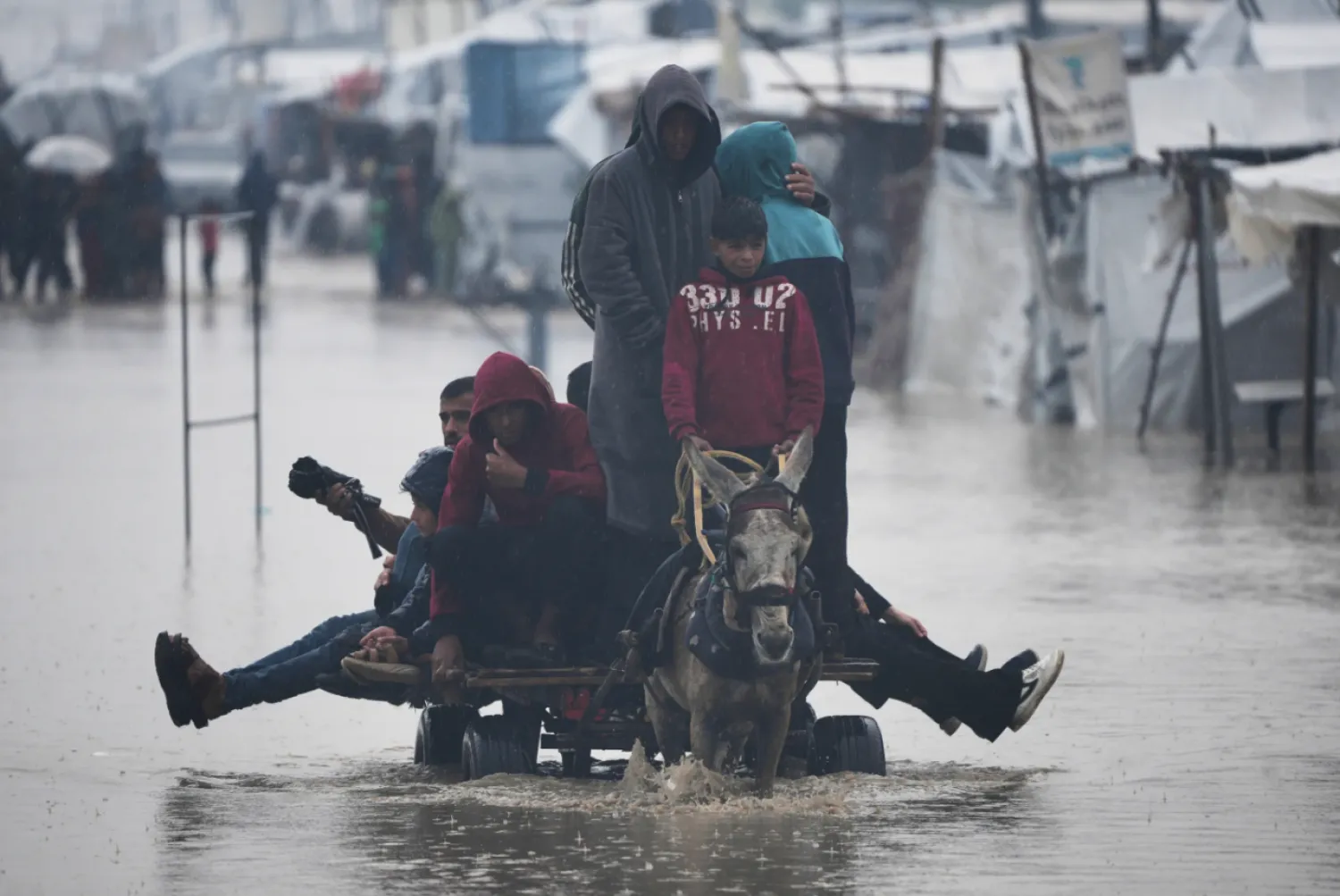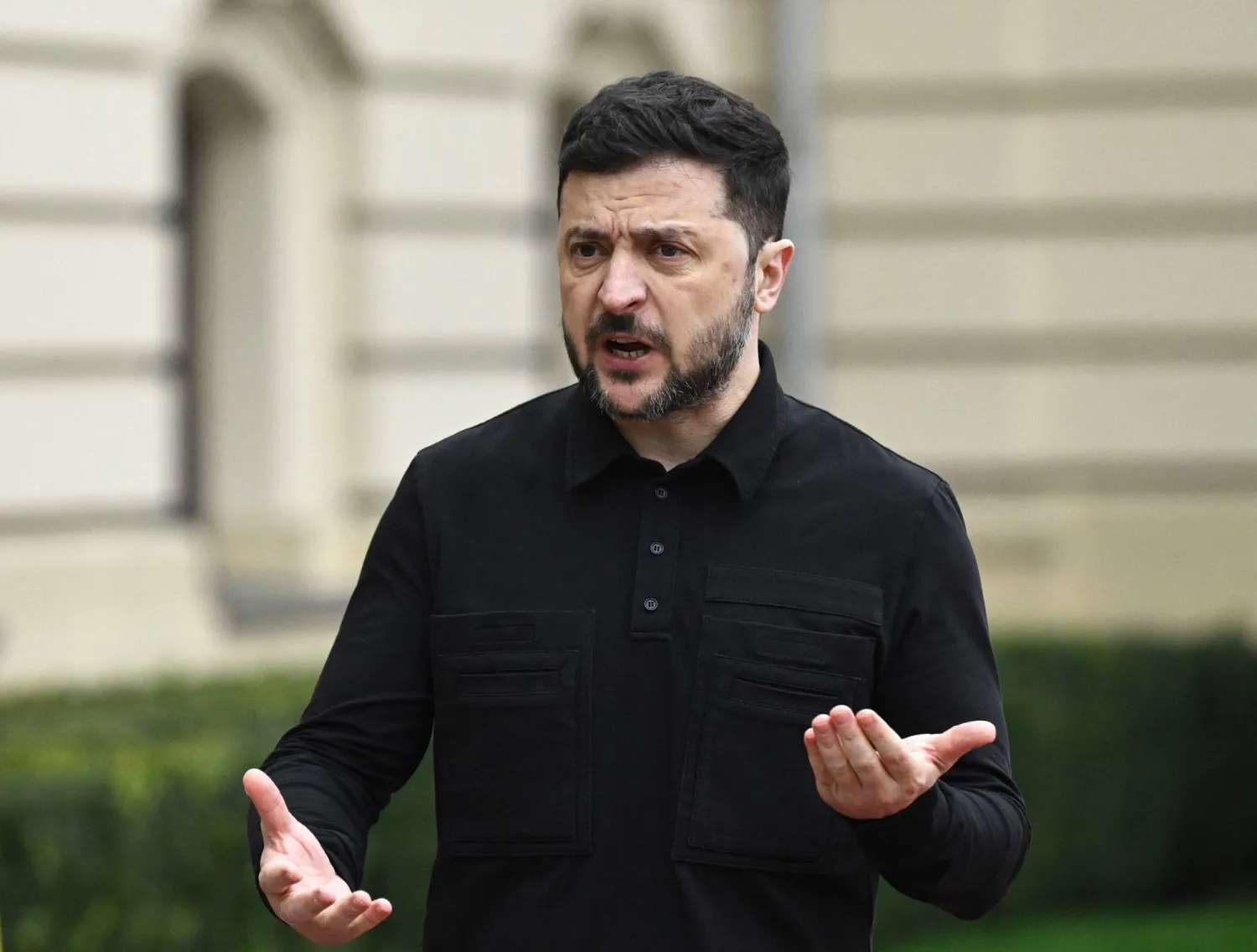Israel has expanded its strikes against Hezbollah in Syria by targeting the al-Qusayr region in Homs.
Israel intensified its campaign against Hezbollah in Lebanon in September and has in the process struck legal and illegal borders between Lebanon and Syria that are used to smuggle weapons to the Iran-backed party. Now, it has expanded its operations to areas of Hezbollah influence inside Syria itself.
Qusayr is located around 20 kms from the Lebanese border. Israeli strikes have destroyed several bridges in the area, including one stretching over the Assi River that is a vital connection between Qusayr and several towns in Homs’ eastern and western countrysides.
Israel has also hit main and side roads and Syrian regime checkpoints in the area.
The Israeli army announced that the latest attacks targeted roads that connect the Syrian side of the border to Lebanon and that are used to smuggle weapons to Hezbollah.
Qusayr is strategic position for Hezbollah. The Iran-backed party joined the fight alongside the Syrian regime against opposition factions in the early years of the Syrian conflict, which began in 2011. Hezbollah confirmed its involvement in Syria in 2013.
Hezbollah waged its earliest battles in Syria against the “Free Syrian Army” in Qusayr. After two months of fighting, the party captured the region in mid-June 2013. By then, it was completely destroyed and its population fled to Lebanon.
A source from the Syrian opposition said Hezbollah has turned Qusayr and its countryside to its own “statelet”.
It is now the backbone of its military power and the party has the final say in the area even though regime forces are deployed there, it told Asharq Al-Awsat.
“Qusayr is critical for Hezbollah because of its close proximity to the Lebanese border,” it added.
Several of Qusayr’s residents have since returned to their homes. But the source clarified that only regime loyalists and people whom Hezbollah “approves” of have returned.
The region has become militarized by Hezbollah. It houses training centers for the party and Shiite militias loyal to Iran whose fighters are trained by Hezbollah, continued the source.
Since Israel intensified its attacks against Hezbollah in Lebanon, the party moved the majority of its fighters to Qusayr, where the party also stores large amounts of its weapons, it went on to say.
In 2016, Shiite Hezbollah staged a large military parade at the al-Dabaa airport in Qusayr that was seen as a message to the displaced residents, who are predominantly Sunni, that their return home will be impossible, stressed the source.
Even though the regime has deployed its forces in Qusayr, Hezbollah ultimately holds the greatest sway in the area.
Qusayr is therefore of paramount importance to Hezbollah, which will be in no way willing to cede control of.
Lebanese military expert Brig. Gen Saeed Al-Qazah told Asharq Al-Awsat that Qusayr is a “fundamental logistic position for Hezbollah.”
He explained that it is where the party builds its rockets and drones that are delivered from Iran. It is also where the party builds the launchpads for firing its Katyusha and grad rockets.
Qazah added that Qusayr is also significant for its proximity to Lebanon’s al-Hermel city and northeastern Bekaa region where Hezbollah enjoys popular support and where its arms deliveries pass through on their way to the South.
Qazah noted that Israel has not limited its strikes in Qusayr to bridges and main and side roads, but it has also hit trucks headed to Lebanon, stressing that Israel has its eyes focused deep inside Syria, not just the border.









